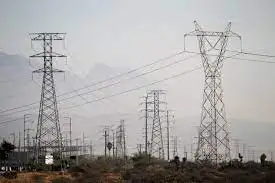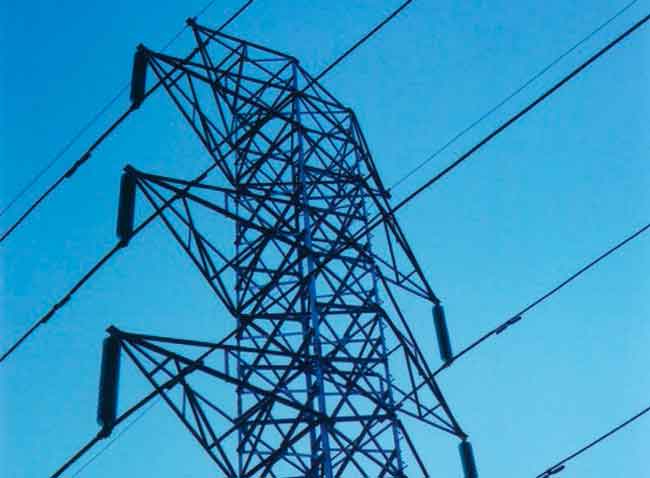Energy security calls for a continental vision
Yet recent developments in the U.S. energy industry reduce the urgency for such an agreement. Energy prices have collapsed to levels not seen in years, domestic oil consumption is down almost 10 per cent, the U.S. natural gas industry has reversed decades of decline with increased production, and the stimulus package promises hundreds of billions of dollars to upgrade and modernize the U.S. energy system.
President Obama, who is under intense pressure to rescue the American economy, would have to spend precious political capital in committing to an international agreement whose benefits to American workers and taxpayers are less clear and compelling than direct stimulus efforts by Congress and the White House.
The simple truth is that the developments above will not deliver energy security, let alone energy independence, to Americans in the near or even medium term. Energy security for any importing nation demands policies that look beyond its borders. Hence our challenge: To convince Americans to invest in a continental energy partnership.
Getting Americans to pay attention to cross-border issues is a tall order at the best of times. Of course, we have succeeded in the past, with trade agreements that have brought enormous benefits to all parties. But in the current climate, we will need to articulate a powerful vision and to speak with one voice. That will require a strong consensus in Canada around the merits of partnership. If we cannot convince Canadians, we will certainly not convince Americans.
What, then, is the Canadian case for a continental energy and environmental partnership?
First, there is the breadth and depth of our cross-border energy trade. Many commentators, pointing to the Conservative government's Western Canadian base, have oversimplified the issue by saying it is all about securing American market access for the oil sands. True, Canada is the biggest supplier of crude oil to the United States and the oil sands contributes significantly to those exports. However, the oil sands is only part of a much larger energy picture that includes the growing export of Saskatchewan and East Coast crude.
Refined petroleum products (gasoline, diesel, aviation fuel, motor oil, heating fuel) from refineries that employ thousands of Canadians across the country are also major exports to the United States. And Saskatchewan is the largest supplier of uranium to the United States at a time when the nuclear industry faces a possible renaissance under the Obama administration. In total, energy trade is the largest component of Canada's trade surplus with the United States.
Second, pollution doesn't respect borders. Natural gas and hydroelectricity exports from Canada have played an enormous role in replacing acid-rain-generating coal-fired power plants in the United States, and Canadian lakes have been among the beneficiaries.
Third, improved environmental performance from Canada's own resource industries will be easier to achieve within an open and transparent continental marketplace. A common approach to carbon pricing based on full cycle analysis, for example, would mitigate against penalizing heavy oil on account of its source rather than its actual carbon footprint. At present, heavy oil from California, Venezuela, Mexico and Alberta all have the same carbon-emissions profile, yet only the Canadian oil sands faces the threat of discriminatory measures.
Technology is the fourth area where Canada-U.S. co-operation is crucial. Energy research and development is a national priority in the United States, whereas in Canada, it has been an afterthought, despite our obvious competitive advantage. In areas such as unconventional natural gas production, carbon capture and storage, nuclear waste remediation and clean coal, access to the massive scale of U.S. research could be twinned with Canada's huge resource base to the advantage of both countries.
Fifth, our energy systems are interconnected with the United States. The Northeast blackout of 2003 that also darkened Southern Ontario was triggered by a U.S. generator, clearly highlighting how the two national electricity grids have become intertwined. Tinkering with one part of the energy system without understanding its ramifications across the entire spectrum is naive and dangerous.
Another telling example of our interconnectedness is the development of Arctic resources. To reach U.S. markets, natural gas from Alaska, the Beaufort Sea or the Mackenzie Delta will require transit through Canada. At the same time, Americans and Canadians share a common interest in the health of Arctic wildlife, waters and land.
Canada has a lot at stake in the development of a North American energy and environmental partnership. Canadians need to be informed of its importance to our own economy and environment, and then speak with one voice to convince our American friends that they have a similar stake. We need to make sure that common energy interests are not overwhelmed by short-term trade disputes arising from the American stimulus package. For both Canadians and Americans, the long game is the game that counts.
Related News

Brazil tax strategy to bring down fuel, electricity prices seen having limited effects
BRASILIA - Brazil’s congress approved a bill that limits the ICMS tax rate that state governments can charge on fuels, natural gas, electricity, communications, and public transportation.
Local lawyers told BNamericas that the measure may reduce fuel and power prices in the short term but it is unlikely to produce any major effects in the medium and long term.
In most states the ceiling was set at 17% or 18% and the federal government will pay compensation to the states for lost tax revenue until December 31, via reduced payments on debts that states owe the federal government.
The bill will become law…





